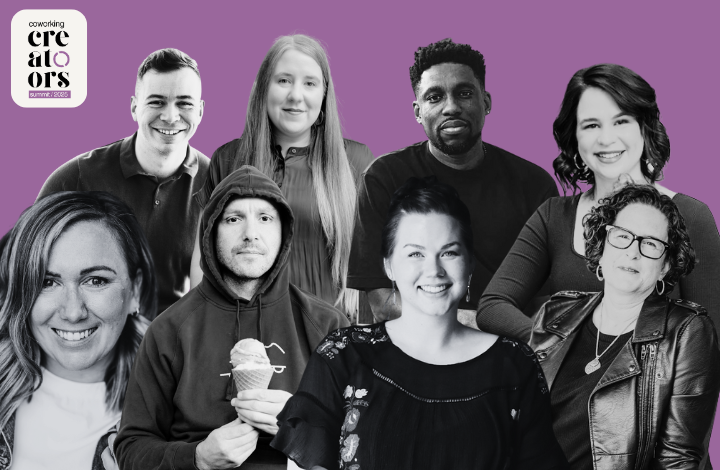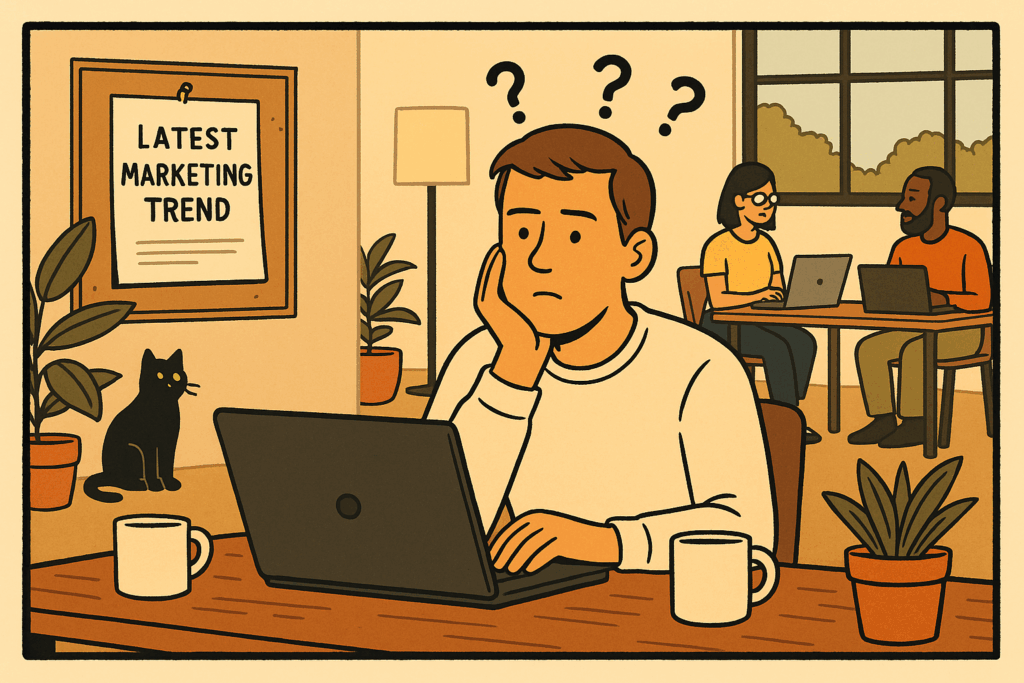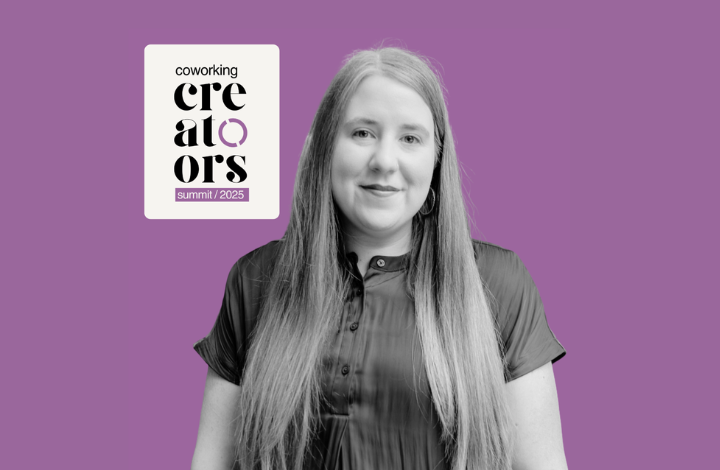 Wondering if creating a content marketing strategy is worth the time and effort? The answer is yes.
Wondering if creating a content marketing strategy is worth the time and effort? The answer is yes.
Content, in the form of blog posts, videos, ebooks, webinars, etc., is the most efficient, cost-effective way to tell your story to your target audience. With content, we can solve problems, entertain and inform the exact people who most need our product or services.
Traditional marketing consists of brands doing one-way broadcasts to massive groups of people—many of whom are not remotely interested in their products—via TV, radio, billboard, web banners, and print ads.
Content marketing, on the other hand, consists of creating content that is so valuable and so targeted that your ideal customer or audience member is drawn to it because it speaks directly to them.
So, is putting up an occasional blog post doing content marketing? Nope. Well, not necessarily. Content marketing involves creating a strategy around your audience’s pains and problems, your expertise and resources, and your organization’s calendar.
If your occasional blog post is targeted, solutions-based, on-brand and well-timed, then yes, it is content marketing. But, if your blog posts consist of a few follow-up photos of your event that happened last week, or a paragraph of text with a link to another article or resource, then you have room to improve.
Here are 7 reasons you need to get serious about your content strategy, as well as tips and exercises to get you started creating your own content marketing plan.
1. Reach Your Target Audience
How many times have you been watching a commercial and thought, I would never buy that product. Ever. The nature of traditional marketing is the old “spray and pray” method of broadcasting your message to anyone within earshot and hoping the people you want to reach will pay attention.
That’s not how we do content marketing. With content marketing, we determine exactly who it is we’re trying to reach, exactly how we can help them, then we create content to do just that.
Exercise: Brainstorm your ideal customer. Who are they, how old are they, where do they work, what is their day-to-day life like, what are their challenges? Start filling out your customer persona so you know exactly who you’re trying to reach, what they need help with, and the best ways to reach and attract them.
2. Tell Your Story
Do you ever feel like, if only people knew how great your product or business was they’d come running? Content marketing enables you to tell your story in interesting and engaging ways through interviews, Q&As, blog posts, videos, photos, etc. You can shine a light on your strengths and tell your best story to the world.
Exercise: What parts of your story do you want people to know more about? Start brainstorming ways to share those stories with your target audience.
3. Your Expertise is Needed in the World
Have you ever played down your talents or thought that what you had to offer wasn’t interesting/valuable/original? Yes? Me too. But the fact is that everyone, and I mean everyone, has something unique and valuable to offer.
You don’t have to be the greatest chef or dance teacher or photography studio or web design agency that ever existed to have valuable insights. Share what you do know.
What about your business or perspective makes you different? Are you experienced in gluten-free cooking? Or country line-dancing? Or headshots for entrepreneurs? Or building WordPress websites for nonprofits? Focus on what you know best and share it with the world. Creating content is a powerful, low-cost way to demonstrate your expertise to the world.
Exercise: What sets you apart? This is called your Unique Selling Proposition (USP). It’s a jargony phrase that means how you’re different from every other person or business doing what you do. Remember that the key word here is “different,” not “better.” Maybe the chef at the fancy restaurant can cook circles around you, but, if I’m looking for gluten-free, vegetarian recipes that I can make in one pot, and that’s what you’re sharing with me, that’s far more valuable to me than some 25 ingredient recipe that takes three hours to make.
4. Drive Traffic and Business
The point of content marketing is to drive people to your platform and establish yourself as a valuable resource and information hub. Why? So people know and trust you. Why? So you can create a thriving business while helping people. It’s a pretty nice arrangement, really. People get great content and value, then, when they’re ready to buy, you’ve already established yourself as a trusted, valuable resource.
Exercise: Once you have people’s attention, what do you want them to do? Sign up for your newsletter? Purchase your product or service? Follow you on social media? Get clear about this and make sure that your content invites them to do just that.
5. Drive Email Signups
You have an email list, right? If not, start one today. Your email list is your most valuable resource. Unlike your social media accounts, which are essentially on rented property and vulnerable to every whim of the company that owns them, your email list is yours, to use when and how you decide. People have given you permission to show up in their inbox. This is a privilege to be taken seriously.
Use your content to grow your list by providing signup forms, free content in exchange for an email, and easy ways to opt-in.
Exercise: If you don’t have an email list yet, start one today. You can get a free account at Mailchimp.com. If you already have a list, what can you do to draw more attention to it? What content can you create to help drive email signups? What can you do to better serve those people already on your list?
6. Content is the Great Equalizer
Perhaps my favorite thing about content is that anyone can create it and publish it. Our online digital commons is a ridiculously-powerful and efficient medium to tell stories, solve problems, and reach people.
Unlike traditional advertising, where deep-pocketed businesses have a clear advantage over small businesses when it comes to ad dollars and reach, content enables businesses of all size to compete for attention on the same stage.
Yes, big dollars can hire all type of pro marketing strategists and SEO experts and such, but, as with the chef example above, if what I’m looking for are recommendations for the best places to take my dog in Santa Cruz, and your small business has a post titled “Top 6 Places to Take Your Dog in Santa Cruz,” and it’s full of valuable tips and info, that’s incredibly valuable to me and it cost you only your time and energy to create.
Exercise: What advantage do you have over big business? What type of content can you create to level the playing field between you and organizations with deeper pockets?
7. It’s Here to Stay
I’m completely biased because I love the power and effectiveness of content, but I don’t see how traditional advertising can even compete with the awesomeness of content marketing. Big businesses are scrambling to find ways to create human-scale content, engage everyday people, and put a face on their huge brand. These are things that small businesses and organizations can do with ease because they’re already operating at the human-scale.
Exercise: Brainstorm five ways you can use content to put a human face on your brand.
Still wondering if you should invest your time and energy in content? The answer is a resounding YES!
Ready to get serious about your content strategy? Receive weekly tips and resources for creating content that reaches your target audience. Yes! Send me tips
Related Articles
How to Leverage Your Advantage on a Mission-Driven Blog
5 “How-To” Post Ideas for Your Collaborative Space
How to Boost Your SEO with 6 Quick Headline Hacks





